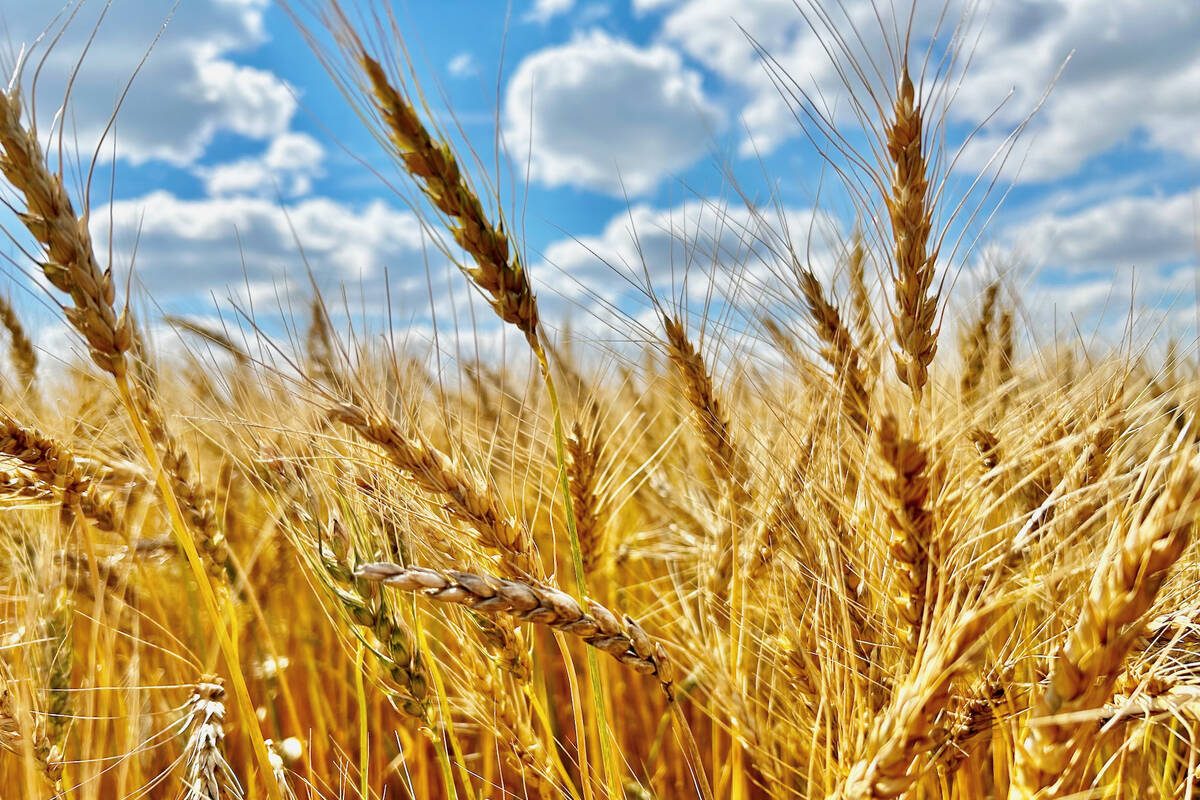Compared to last week, western Canadian yearling markets traded steady to $3 lower. Calf prices were quoted $5 lower to $3 higher. Backgrounded cattle appeared to have a softer tone as more numbers come on the market.
Usually, the bulk of the volume for backgrounded cattle are animals over 850 lbs. However, this year, the higher prices have pulled more supplies to the market. There are 600-, 700-, and 800-lb. cattle on light grain ration coming on the market, especially in Alberta. Some feedlot operators that usually finish cattle are also selling fall-placed calves halfway through the feeding cycle. This environment has weighed on the feeder complex.
Read Also

Expana lifts EU cereal forecasts, maize exceeds expectations
Expana has raised its monthly grain production forecast for European Union crops for the 2025/26 season, projecting soft wheat output will hit a record high and barley a 17-year high.
Live cattle futures surged higher this past week while the Canadian dollar traded in a sideways range. Despite the stronger tone in the futures, Alberta fed cattle basis levels are uncertain for the summer timeframe. This resulted in a variable price structure for 800-lb.-plus cattle. Some buyers were incorporating a risk discount due to fed cattle basis uncertainty.
North of Red Deer, larger-frame mixed steers carrying medium flesh with full health data averaging 975 lbs. dropped the gavel at $234. At the same sale, Simmental-blended heifers walking with standard butter levels weighing 850 lbs. sold for $217. Northwest of Winnipeg, Angus-blended steers with lighter flesh weighing 891 lbs. charted course at $242. Fleshier types were $4-$6 lower at this sale. Near Lethbridge, tan thin steers weighing a shade over 800 lbs. silenced the crowd at $250 and similar-quality heifers averaging 780 lbs. reached up to $223.
In central Alberta, mixed steers averaging around 690 lbs. on light barley ration with full health records were purchased for $281. Their lighter brothers weighing 614 lbs. also on light barley ration with full health data set the chart at $304. In east-central Saskatchewan. black steers weighing just over 500 lbs. touched $334 and similar-quality and -weight heifers were quoted at $265. In the Calgary area, tan mixed weaned heifers weighing 540 lbs. sold for 260.
The U.S. Department of Agriculture’s Jan. 1 cattle inventory report had the 2022 calf crop at 34.464 million head, down 701,400 head from the 2021 output. We are expecting a year-over-year decline of 150,000 head on the Canadian data which will be released later in February.
— Jerry Klassen is president and founder of Resilient Capital, specializing in proprietary commodity futures trading and market analysis. Jerry consults with feedlots on risk management and writes a weekly cattle market commentary. He can be reached at 204-504-8339 or via his website at ResilCapital.com.
















